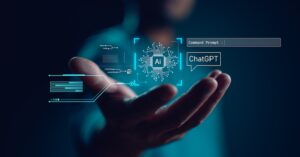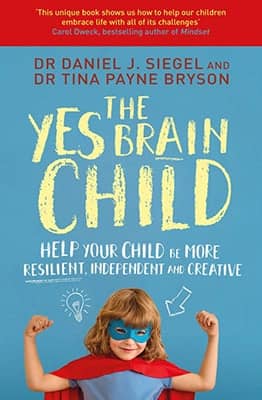Understanding Neurodiversity – Jennifer Oaten
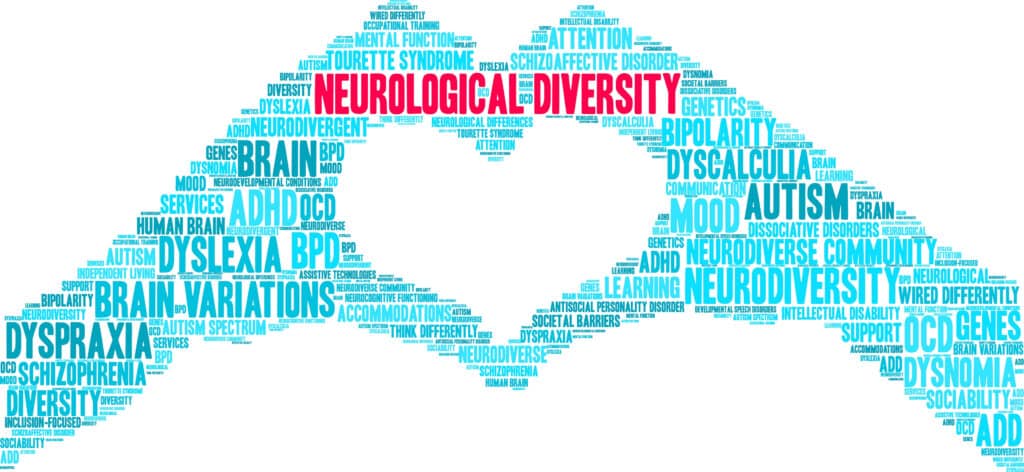
You have probably heard of all the following people, but did you know they are neurodiverse? They are either diagnosed or considered by experts (as some conditions were not identified at the time) to have the following conditions:
- Albert Einstein – World renowned Physicist (Dyslexia)
- Wolfgang Mozart – Musician and songwriter who created more than 600 pieces (Autism)
- Charles Darwin – Biologist who discovered natural selection (Autism)
- Cher – Actor and singer (Dyscalculia and Dyslexia)
- Michelangelo – Sculptor and Painter (Dyslexia)
- Justin Timberlake – singer and actor (ADHD)
- Michael Phelps – Olympic Swimmer who won 23 gold medals (ADHD)
- Jane Austen – Author of 6 classics, including Pride and Prejudice (Autism)
- Sir Isaac Newton – Physicist who proved gravity exists (Dyslexia)
- Jerry Seinfeld – Comedian (Autism)
- Greta Thunbery – Young Climate Activist (Autism)
- Bill Gates – Established and released Microsoft Windows 95 (Dyslexia)
- Billie Eilish – American singer who has won 10 Grammy awards (Tourette Syndrome)
- Jennifer Aniston – Actor in Friends (Dyslexia)
- Elon Musk – Entrepreneur, one of the world’s wealthiest people (Autism)
Neurodiversity is a term used to describe the range of differences in how our brains are wired and operated. Neuro means the brain and diversity, the differences that exist between people. Neurodiversity is a more affirming, contemporary term rather than disability, dysfunction or disorder. It includes conditions such as autism, ADHD, dyslexia, dyspraxia, anxiety and giftedness and recognises the differences in students’ brains that may influence their learning. They are differences rather than deficits.
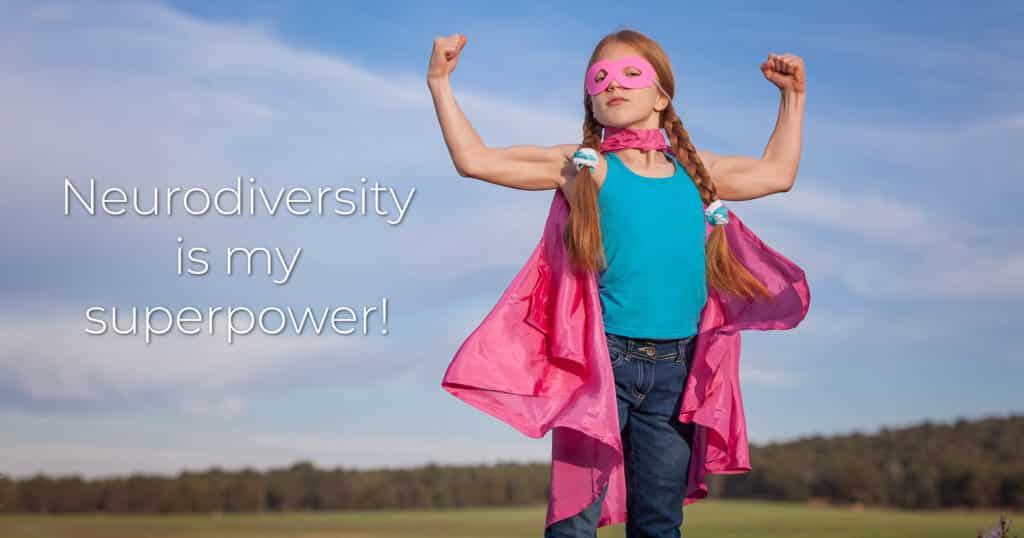
Children experience and interact with the world around them in many different ways; there is no one right way of thinking and learning. The fact that our brains work differently is part of human diversity. To some degree, everyone is differently-abled since we are all born unique and treated differently because of our ‘machinery’ and the experiences that have ‘programmed’ us; our ways of thinking result from both inherent nature and external learning.
Neurodiversity is not a new concept but is becoming better understood as the number of students with diagnosed neurodiverse conditions is increasing. Developing an understanding of the strengths these students can bring to the classroom is now being explored, and understanding how we can cater more effectively to overcome the challenges these children face in schools is vital. John Elder Robison says, “Neurodiversity is the idea that neurological differences like autism and ADHD are the result of normal, natural variation in the human genome”.
4 Ways educators can help students with neurodiversity?
There is no single approach to teaching neurodiverse students, as each individual will have their own unique needs. Students with neurodiversity require special accommodations in order to be placed on a more level playing field with other students. However, there are some general principles that teachers can follow to create a more supportive learning environment which includes:
1. Recognise and value diversity
All students are different and have their own individual strengths and weaknesses. It is important to recognise and value this diversity in the classroom, including neurodiversity. It is important to create a safe and supportive environment in the classroom where all students feel comfortable and respected.
While neurodiverse students generally look just like anyone else when they act in unexpected ways, unwanted negative responses may be triggered, so peers need to understand the causes and how to respond. We need to become a society where we understand and are accepting of these students.
2. Understand the learning needs of individuals
Neurodiverse students can struggle with tasks such as spelling or writing and remaining on task. Although this can influence their confidence, they will generally be inventive, extraordinary problem solvers with a strong sense of patterns, designs and creativity. It is important to use a variety of teaching methods such as visual, auditory and kinesthetic learning materials.
- Presenting information using fewer words, using technology for text to speak, having students discuss their understanding, and using audiobooks are some ways students learning can be enhanced.
- Seating in the classroom, not just in the front but with a direct view of the board, can make a difference in addition to alternative forms of assessment such as verbalising learning.
- Breaking assessments into smaller parts over multiple days and making use of reading time to highlight along with clear instructions and chunking of information and tasks will benefit not only neurodiverse students but all students.
- Being flexible in your approach and willing to change the way you do things if it is not working for a particular student and allowing students to work in different ways or at different times, depending on their individual needs, helps promote confidence and progress.
- Knowing and understanding the student is critical.
3. Identify strengths
Students with ADHD may have trouble with time management; however, they often show high levels of passion, drive, and creative thinking. We should try to focus on what neurodiverse students are good at, not what they lack. Identify key strengths and then identify roles where they are skilled and will experience success at school. It is important to encourage and celebrate success, no matter how small. This will help to build confidence and motivation.
4. Partner with parents
Parents play an important role in supporting their child’s education, and this is especially true for students with neurodiversity. Parents must advocate for their child’s needs in a way that develops trust, knowledge and understanding between staff and families. Schools need to show parents that they have an understanding of their child and seek ways to provide further support.
Parents have an essential role in teaching their child self-advocacy skills to ensure they have a voice at school, how to communicate their needs and how to seek help when needed.
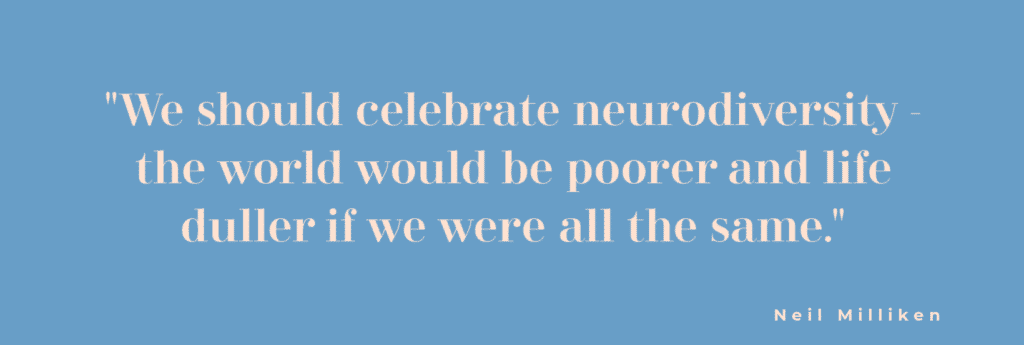
As a school, we need to ensure we understand, value and support neurodiversity in our students and create an inclusive learning environment that enables those with a brain that is wired a little differently to thrive. There are no easy solutions to catering well for neurodiverse students. Still, continuous learning, reflection and improvement will continue to make a difference in the lives of these students who could become our next famous author, scientist, actor, artist or entrepreneur.
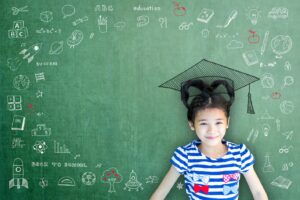
The Power of Expectations in Shaping Student Success – Jennifer Oaten
Discover the transformative impact of expectations on student success. Learn how belief shapes outcomes in education and beyond.

Exploring the Artistic Universe of Isabelle de Kleine (2011)
From childhood, Isabelle de Kleine’s talent flourished, guided by the supportive Art department into the renowned artist she is today.

What A Term! So Many Opportunities – Jennifer Oaten
As I look back on the past nine weeks, I am so grateful for who we are as a community and what we have achieved. Through the dedication of our staff and the enthusiasm of our students, we have established new connections, immersed ourselves in opportunities and worked through challenges.
- Featured
Author: Santa Maria College
Santa Maria College is a vibrant girls school with a growing local presence and reputation. Our Mission is to educate young Mercy women who act with courage and compassion to enrich our world. Santa Maria College is located in Attadale in Western Australia, 16 km from the Perth CBD. We offer a Catholic education for girls in Years 5 – 12 and have 1300 students, including 152 boarders.



